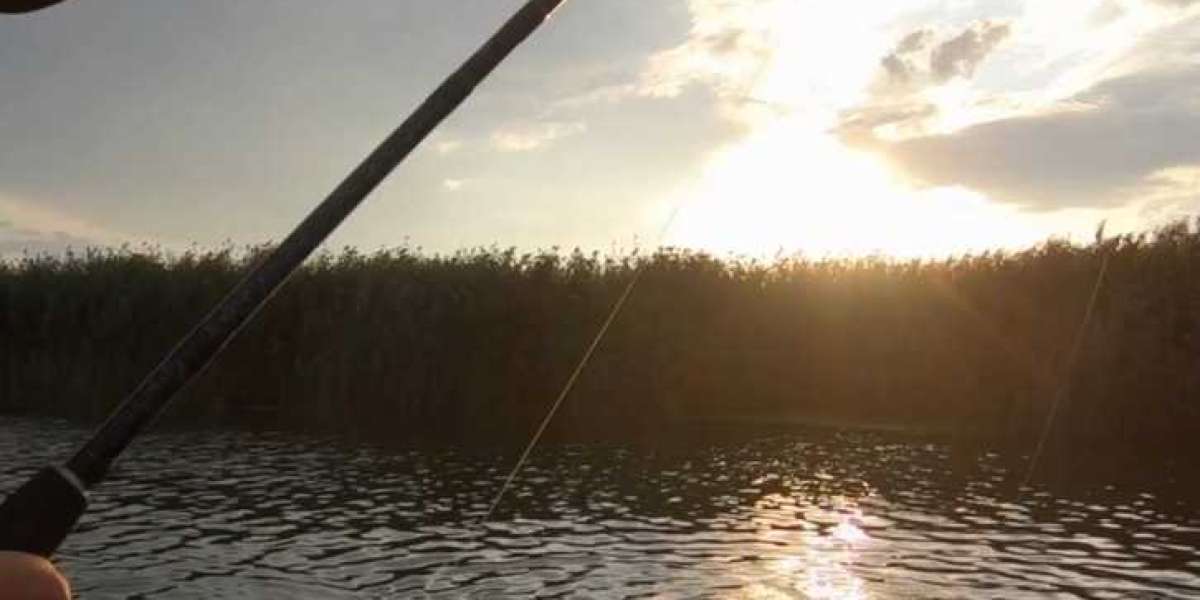Introduction
When it comes to bass fishing, having the right lures can make all the difference. Among the various types of lures available, bass jigs have proven to be highly effective in enticing bass to bite. In this comprehensive guide, we will explore four popular types of bass jigs: the bass jig, ned jig, poison tail jig, and football jig. Each of these jigs has its unique characteristics and advantages. By understanding the nuances of each jig, you can increase your chances of success on the water. So, let's dive in and discover the world of bass jigs!
Bass Jig: A Versatile Choice for Bass Anglers
Bass jigs are one of the most versatile and popular choices among bass anglers. These jigs consist of a weighted head, a silicone skirt, and a weed guard. The design allows them to imitate various prey, such as crawfish, baitfish, and even frogs. Bass jigs are effective in both shallow and deep waters, making them a go-to lure for many anglers.
Ned Jig: A Finesse Approach for Tricky Bass
The Ned jig, also known as the Midwest finesse jig, is a downsized option ideal for targeting finicky bass. Its compact size and subtle presentation mimic small baitfish or crayfish. Ned jigs work exceptionally well in clear waters or when bass are under pressure from fishing activities. Anglers can use them with finesse techniques such as the "Ned Rig" to entice even the most cautious bass.
Poison Tail Jig: Enhancing Attraction with Trailer Options
The poison tail jig is a popular choice among bass anglers who want to enhance the attraction of their lures. These jigs feature a vibrant, colorful tail that mimics a wounded baitfish or crawfish. Anglers can further customize the jig by attaching trailers, such as soft plastic creatures or grubs, to add extra action and enticement.
Football Jig: Mimicking Crawfish for Bottom Bouncing
The football jig gets its name from its distinctive head shape, resembling an American football. This design allows the jig to bounce and roll along the bottom, imitating a crawfish's natural movement. Football jigs are highly effective when fishing rocky or gravelly areas, as bass often feed on crawfish in those habitats.
Selecting the Right Jig for the Conditions
To maximize your success with bass jigs, it's crucial to select the right jig for the prevailing conditions. Factors to consider include water clarity, temperature, and the presence of cover or structure. For clear water, a natural-colored jig with subtle action can yield excellent results. In stained or muddy water, opt for brighter colors and jigs with more pronounced action to help bass locate the lure.
Choosing the Ideal Jig Weight and Color
The weight and color of a bass jig play vital roles in its performance. Heavier jigs are suitable for deeper waters, fast currents, or when fishing in windy conditions. Lighter jigs excel in shallower waters or when a slower fall is desired. Regarding color, it's essential to match the jig with the prevalent forage in the area. Green pumpkin, black and blue, and brown combinations are versatile choices.
Matching the Jig with the Right Trailer
Adding a trailer to your bass jig can significantly enhance its appeal and trigger more strikes. Soft plastic trailers, such as crawfish imitations or creature baits, are popular options. The color, size, and action of the trailer should complement the jig and imitate the prey bass are feeding on. Experiment with different combinations to find what works best in your fishing location.
Techniques for Bass Jig Fishing
Mastering various fishing techniques will greatly improve your success with bass jigs. Some effective techniques include flipping and pitching, swimming the jig, hopping it along the bottom, or employing a drag-and-shake presentation. By varying your retrieve speed and action, you can imitate different prey behaviors and entice bass into striking.
Seasonal Considerations for Bass Jig Selection
As the seasons change, so does the behavior and feeding patterns of bass. Understanding these seasonal variations will help you select the most effective bass jig. During spring, when bass are actively spawning, lighter jigs with subtle action can be productive. In summer, when bass are more aggressive, consider using heavier jigs and faster presentations. Fall and winter call for slower presentations with ned jig mimicking dying baitfish.
Fine-Tuning Your Presentation
Successful bass jig fishing often requires fine-tuning your presentation to match the conditions and the mood of the fish. Experiment with different jig retrieves, varying the speed, depth, and cadence until you find the sweet spot. Pay attention to any feedback from the fish, such as short strikes or follows, and adjust accordingly to increase your chances of hooking up.
Tips for Retrieving Bass Jigs
When retrieving a bass jig, it's crucial to keep in mind the behavior of the prey you're trying to imitate. Crawfish, for example, move by hopping and crawling along the bottom. Try incorporating pauses, hops, and occasional bottom contact to simulate the actions of natural prey. Pay attention to the feedback from the fish and adjust your retrieve accordingly.
Key Gear and Equipment for Bass Jig Fishing
To fully enjoy your bass jig fishing experience, it's essential to have the right gear and equipment. A medium to medium-heavy fishing rod with a sensitive tip and sufficient backbone is ideal for casting and detecting subtle strikes. Pair it with a quality baitcasting reel and use low-stretch braided line to improve sensitivity and control during hooksets.
Safety Precautions and Ethical Fishing
While enjoying the thrill of bass fishing, it's essential to prioritize safety and practice ethical fishing. Always wear a properly fitted life jacket when on the water, especially in a boat. Follow local fishing regulations and practice catch-and-release whenever possible to conserve the bass population for future generations.
Conclusion
Bass jigs are a versatile and effective tool for bass fishing. poison tail jigs the different types of bass jigs, selecting the right one for the conditions, and employing various techniques will greatly improve your chances of success on the water. Remember to adapt to the changing conditions, fine-tune your presentation, and pay attention to feedback from the fish. With practice and persistence, bass jig fishing can be a highly rewarding and exciting endeavor.














